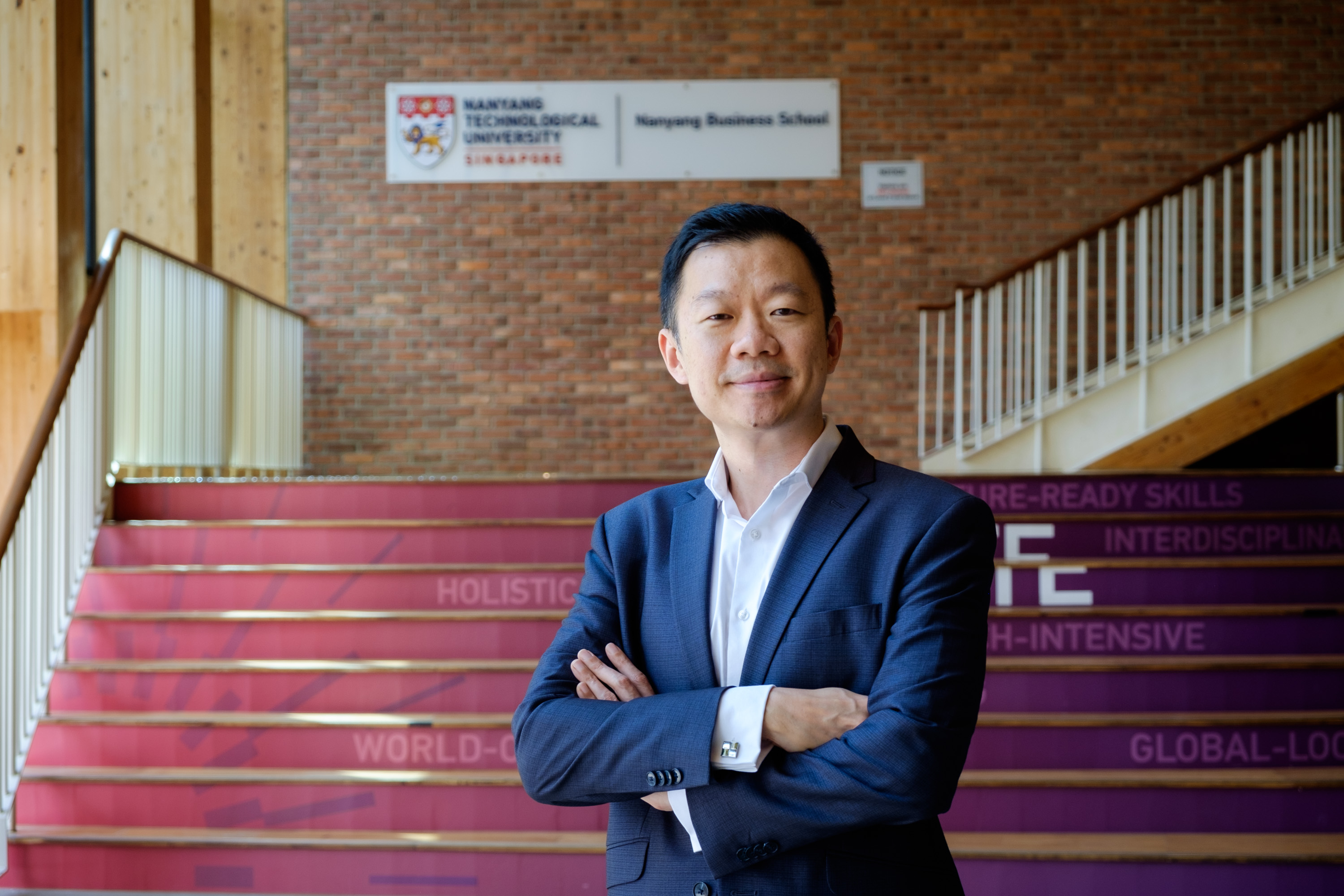Building intelligent infrastructure: Prof Goh Kim Huat
Prof Goh Kim Huat is monitoring the health of cities to aid urban planning.

An expert in information systems, Prof Goh Kim Huat is experienced in using analytics and economic theories to model human behaviour in healthcare and technology-mediated settings as well as to evaluate the implementation of health systems. He has worked with various local and international organisations on business analytics-related projects and has published several papers in top-tier information systems journals.
One of Prof Goh’s recent projects was to develop a city scanning tool. The tool detects trends, identifies deviations, as well as predicts and validates relationships between various parameters across different zones of a city.
“My expertise in information systems coupled with an interest in social sciences came in handy for the development of this tool that leverages big data to monitor the health of a city,” says Prof Goh, who is Associate Dean (Graduate Studies) at NTU’s Nanyang Business School. He is also Senior Editor of Journal of the Association for Information Systems.
The project – jointly led by NTU, the National University of Singapore and Singapore’s Agency for Science, Technology and Research – is a collaboration with the National University Health System, Mastercard and DataSpark, a subsidiary of telecommunications conglomerate Singtel in Singapore.
The research was supported by the National Research Foundation, Singapore, and the Ministry of National Development, Singapore, under its Cities of Tomorrow R&D Programme.
To construct the framework, Prof Goh and his team partnered with organisations and government agencies to collect data in Singapore, spanning societal, health, attitudinal, economic and environmental dimensions. Examples of data collected include spending patterns, the number of hospitalisations due to different ailments, human traffic volume and sentiments in public feedback to the government. The data ranged from static information to semi-dynamic data and highly dynamic data.
The data was anonymised and aggregated before being analysed and combined into a “data cube” that could be used to detect emerging trends and deviations across different zones in the city.
This tool could alert policymakers drawing up plans for the city to potential outliers or red flags in a city, such as traffic congestion and epidemics. For urban planners, the tool helps them understand the character, vibrancy and activities of the various parts of the city, enabling them to design neighbourhoods that cater to the unique and evolving needs of the residents.
For instance, the tool can help create dementia-friendly neighbourhoods. Alzheimer’s disease is a common form of dementia, and individuals with cardiovascular diseases are more likely to develop the condition. By analysing the correlations between both diseases, the tool can identify subzones where residents face a higher risk of Alzheimer’s disease, along with the environmental, social and economic factors that may exacerbate the development of the condition.
The project’s findings were published in a paper that won the Best Short Paper Award at the 2022 International Conference on Information Systems. Singapore’s public housing agency, the Housing and Development Board, is looking to implement the tool in its town planning.
Prof Goh is also developing algorithms to improve how resources are allocated for community health, and studying the acceptance of artificial intelligence in healthcare.
The article appeared first in NTU's research & innovation magazine Pushing Frontiers (issue #24, October 2024).


.tmb-listing.jpg?Culture=en&sfvrsn=246046da_1)

.tmb-listing.jpg?Culture=en&sfvrsn=259d5325_1)


